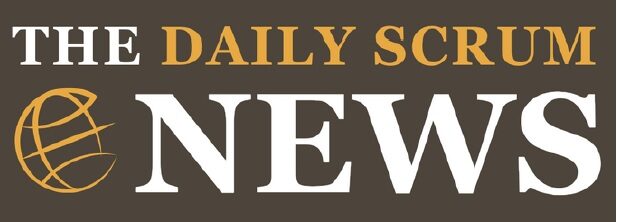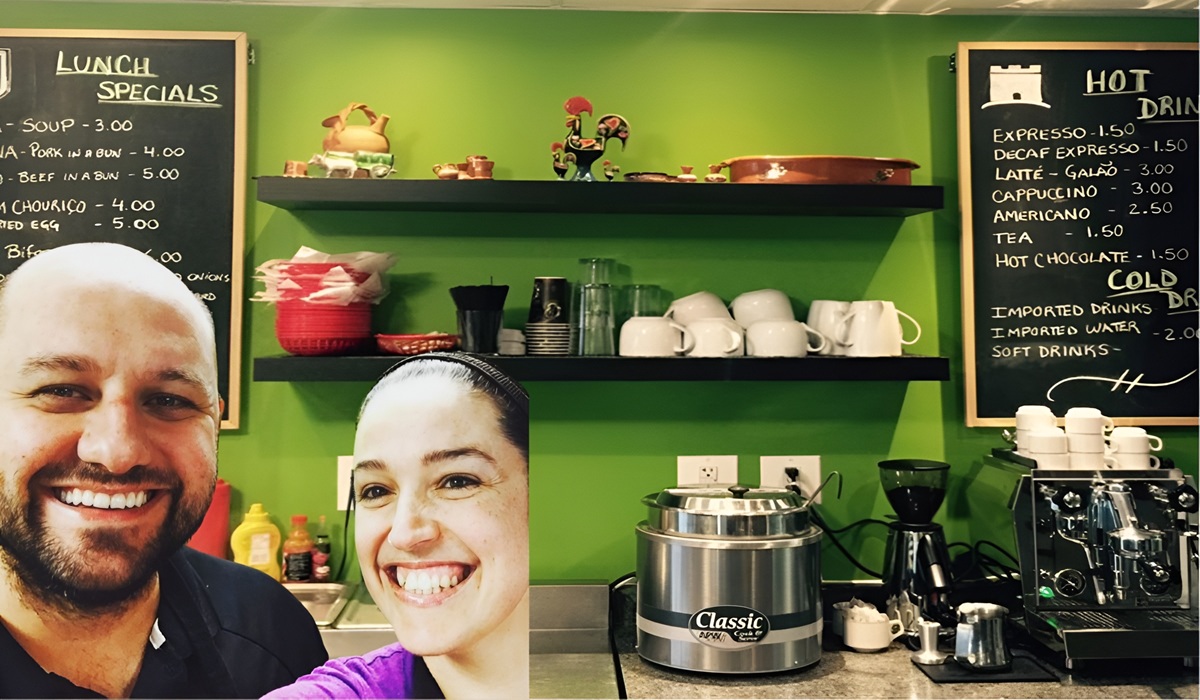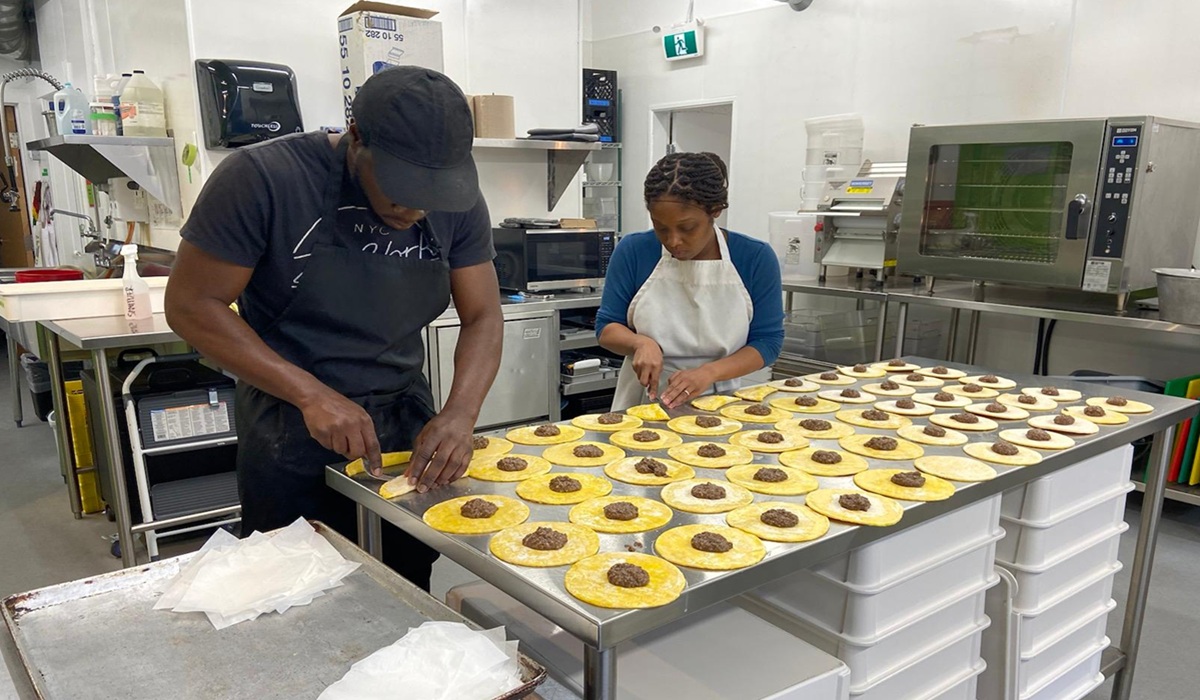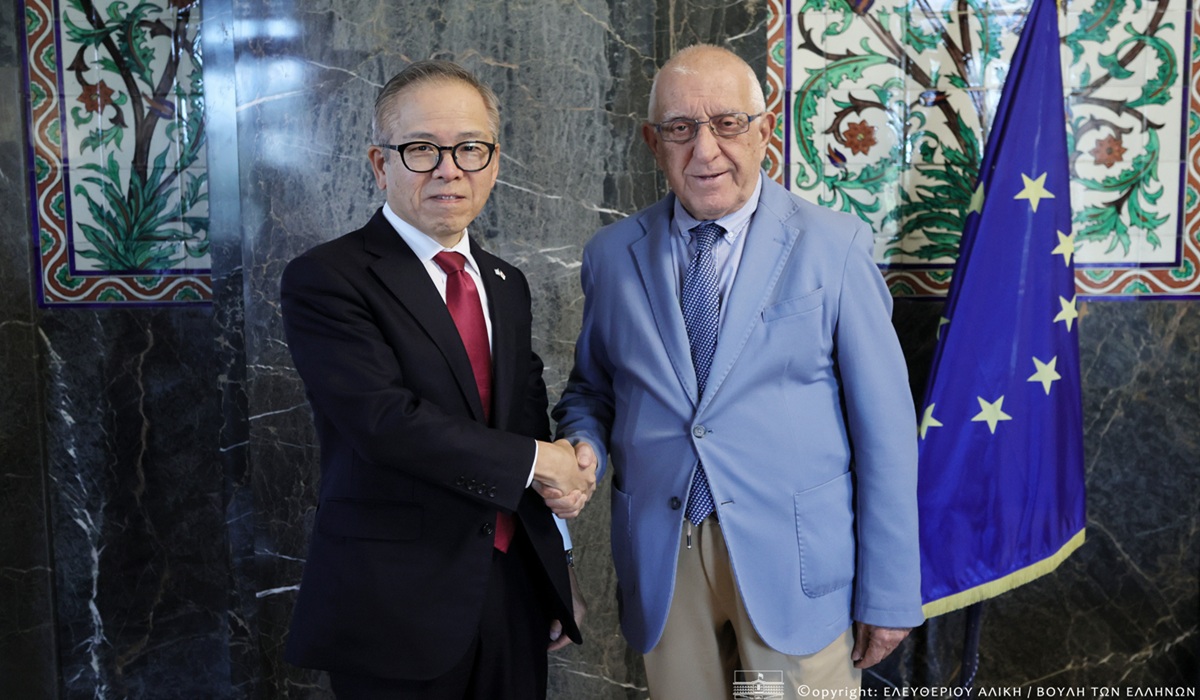Beyond Lectures: How PechaKucha and Global Models Can Transform Learning in North America
- TDS News
- Trending News
- March 8, 2025

Image Credit, Geralt
The world is changing at a pace that traditional education and training models struggle to keep up with. In North America, educational institutions, businesses, and nonprofits continue to rely on rigid structures and outdated teaching methods that fail to engage modern learners. The problem isn’t a lack of resources but a failure to explore innovative approaches being used around the world. Countries like Japan and Iceland have developed unique, highly effective learning methods that could revolutionize the way North American organizations deliver their programs—if only they made a conscious effort to embrace them.
One such method gaining traction worldwide is PechaKucha, a presentation format originating from Japan that forces presenters to be concise and engaging. Instead of drawn-out lectures or verbose PowerPoints, PechaKucha presentations consist of 20 slides shown for 20 seconds each, totaling just over six minutes. This fast-paced format demands that presenters get to the point quickly, keeping audiences engaged and ensuring that key information is absorbed. Businesses have used it to streamline meetings, educators have implemented it to make classroom learning more dynamic, and nonprofits have leveraged it to deliver powerful, high-impact messages in a short time.
Another model North American institutions should consider is the Icelandic education system, which emphasizes creativity, student autonomy, and real-world problem-solving. Unlike the standardized, test-driven approach seen in much of North America, Iceland’s system focuses on fostering curiosity and independence. Students are given more freedom to choose their learning paths, and teaching is often centered around hands-on, interdisciplinary projects rather than rigid curriculums. Iceland also prioritizes teacher training, ensuring that educators are continuously developing new skills and techniques to better engage students. The results speak for themselves: Iceland ranks highly in global education indexes, and its students report high levels of satisfaction with their learning experience.
To truly make a conscious effort to explore and implement new training methods, North American institutions must first acknowledge that their current systems are failing to keep pace with a changing world. This means stepping outside their comfort zones, actively researching global best practices, and committing to pilot programs that introduce these methods in real-world settings. Universities could integrate PechaKucha into their lecture formats to encourage more engaging discussions, while businesses could replace inefficient meetings with rapid-fire presentations that get straight to the point. Schools could adopt elements of the Icelandic model, giving students more flexibility in their learning paths and focusing on skill-building rather than rote memorization.
The real challenge isn’t a lack of better learning methods—it’s the reluctance to break from the status quo. But as technology continues to reshape the way we consume information, those who refuse to adapt will find themselves left behind. North America has long been a leader in innovation, but when it comes to education and training, it’s time to look beyond its borders and embrace the future of learning.








